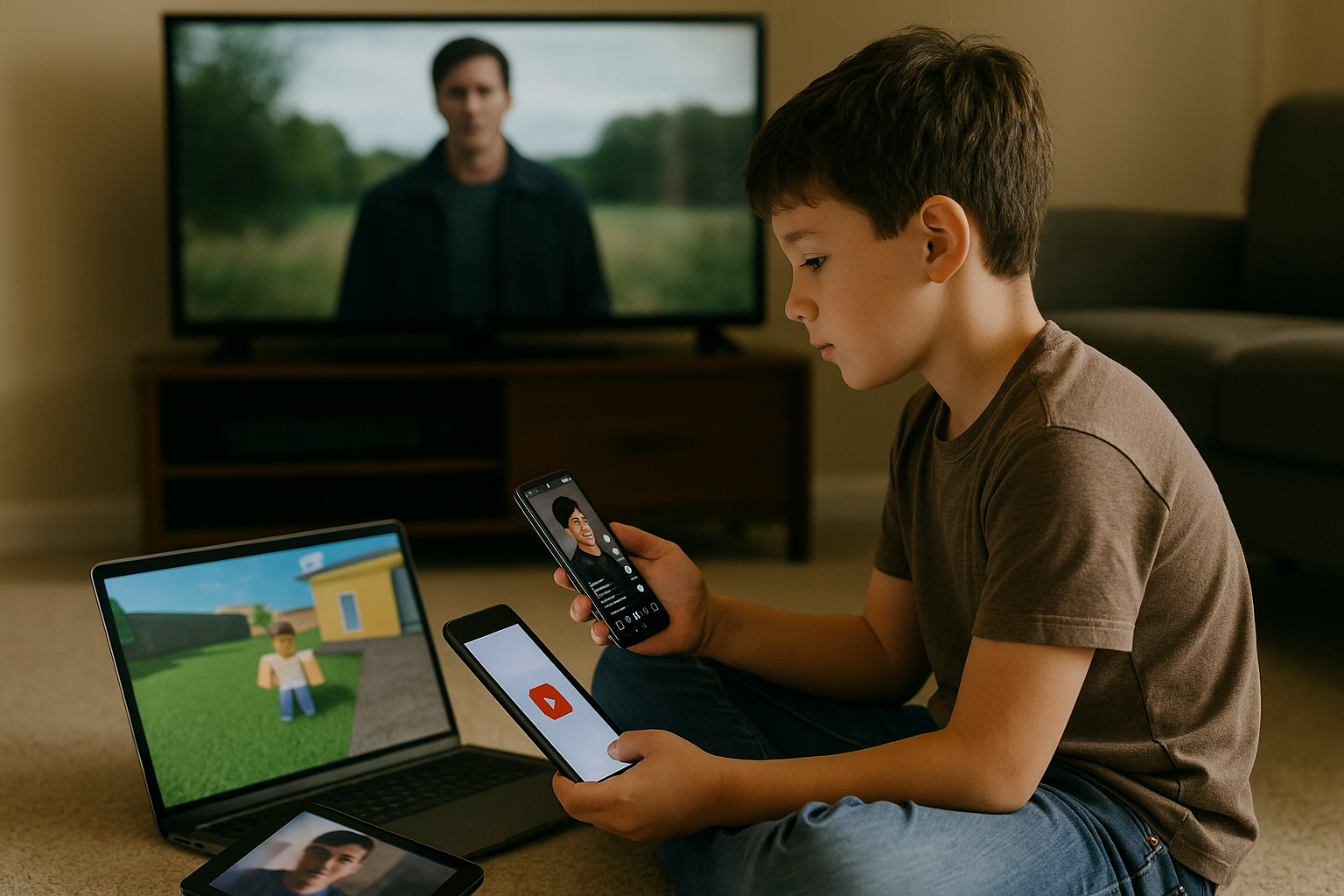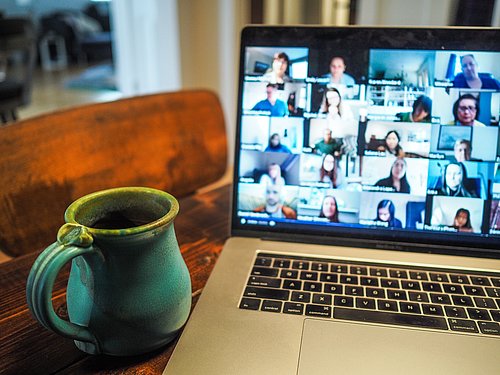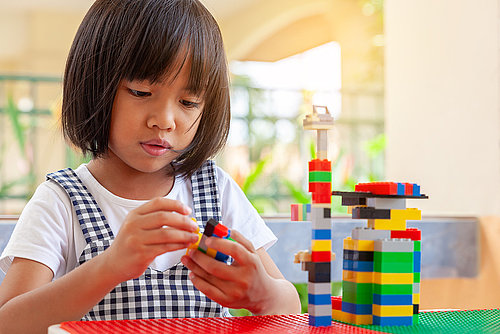
Rewriting the Rules of Kids’ Content Distribution

Over the last 4 months, as a contributor to the Children’s Media Conference knowledge base, we have spoken to ‘the great and the good’ of the children’s media world, from publishers and IP owners to channels and VOD platforms. We asked them about the challenges they faced and the solutions they are putting in place to overcome them.
We asked them about the challenges they faced and the solutions they are putting in place to overcome them. In order to get the raw facts without the PR filter, all contributors will remain anonymous but the quotes are real.
This is the first of a series of articles that looks at specific, challenging areas across the industry. For this article we are tackling content distribution in a fragmented world.
There’s no denying it, the way kids' content is distributed today has changed dramatically. Distribution and 'eyeballs' are no longer controlled by a handful of broadcasters. Instead, kids can access content anywhere, anytime, across an increasingly fragmented platform ecosystem from YouTube, and streaming platforms, to games, and social apps.
This new paradigm has sparked a content boom, which is great for the lucky few who’ve broken through, but it’s made discoverability and building momentum in such a saturated market increasingly problematic. Just making a great show is no longer enough. You need to make sure it gets found and loved.
We heard time and time again that the only approach that works right now is to be multiplatform from the outset.
"We wanted to be wherever the audience is and we know that the audience is meaningful in terms of scale on YouTube and that we have the ability to reach them. So for us it's less a matter of picking and choosing between Netflix and Amazon, it's more like we should be everywhere." – IP Owner
“We now have a more ‘constellation distribution strategy’ rather than a linear distribution strategy, making sure the content is everywhere rather than tied up in an exclusive agreement with one broadcaster" – IP Owner
“Exclusive agreements don’t work for anyone, we have seen how ‘the rising tide lifts all boats’. Having content across multiple digital platforms drives discovery that is leveraged across traditional broadcast” – Distribution Expert
However that is not to say that ‘traditional broadcasters’ have had their day, they do still play an important role in brand perception. They may no longer deliver massive numbers on their own, but they do offer credibility and trust, especially with parents and partners. And that still counts for something. A CBeebies slot might not shift toys on its own, or even deliver a substantial audience, but it can help open retail doors or give legitimacy to a licensing conversation.
“In most territories the linear broadcaster has immense editorial credibility. And it puts an imprimatur of quality onto the show that YouTube and Netflix can't do” - IP Owner
“Being able to say ‘Look the BBC trust us’ is really valuable, particularly for preschool shows due to parental relationship with the platform and trust this brings” – IP Developer. (see our research here on building parental trust for your property)
Traditional broadcaster also still hold value in international distribution.
“In some territories like Japan, Turkey, the Middle East, and Eastern European territories, the linear broadcast platforms still get 80% reach” – IP Owner
The current approach to distribution is very much that you can no longer get guaranteed eyeballs through distribution, it is now your responsibility, as content creators, to build a content ecosystem which you can adapt and evolve quickly to build your fanbase independently.
This starts with being multiplatform from day one, not just producing a 'TV show,' but building a content ecosystem that can live across YouTube, TikTok, Roblox, Spotify, streamers and yes, even traditional broadcasters. In short: today’s creators need to be franchise developers, not just showrunners.
This isn’t about just putting everything, everywhere but being more strategic. YouTube is good for reach but not great for discovery (unless you advertise). Traditional broadcasters are good for trust but not reach. Roblox is good for engagement but not for all audiences etc etc. You need to build a distribution strategy that plays to each platforms strengths, thinking about where you can best build discovery, reach the masses, build sustainable fandom, and drive consumer products.
There is still a healthy scepticism around YouTube and the ‘value of a view’.
“Letting the YouTube algorithm be the proxy for ‘successful’ content is a misnomer, big YouTube numbers means the algorithm likes you but that doesn’t always mean the audience is connecting with you” – YouTube content creator
Focusing on connection, not just consumption seems to be the solution suggested by so many of the people we spoke to. We don’t need millions of passive views. We need moments that matter. Whether that’s a fan sharing a Roblox avatar, rewatching a favourite episode, or posting fan art, these signals are more meaningful than raw numbers. It’s about cultivating loyalty, not just chasing scale.
There is also the elephant in the room that is money… that is a separate article in it’s own right but needless to say the old model of distribution being a revenue generator is also gone. Distribution is all about marketing, getting your brand seen and loved for monetisation elsewhere. (again more to come on this soon)
We’re not going back to the old model. But that’s okay. What’s ahead is a landscape that rewards agility, creativity, and vision. The platforms may be different. The rules have changed. But the mission is the same: create content that kids love, remember, and return to.


